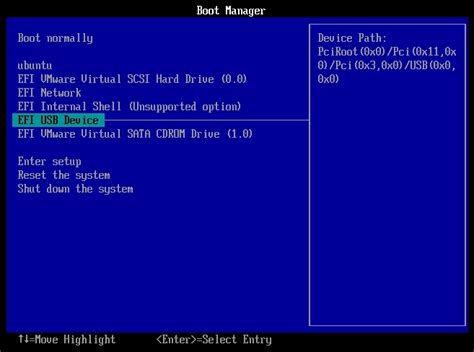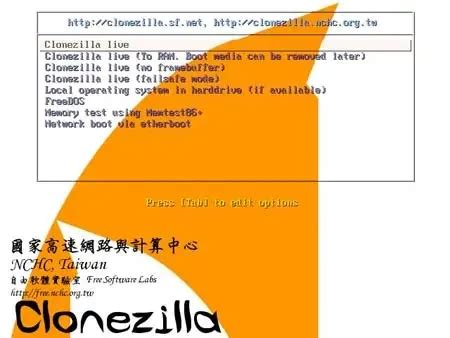centos clone boot disk Clone partitioning scheme: # sfdisk -d /dev/vda | sfdisk --force /dev/vdb Move Logical Volume to new disk: # pvcreate /dev/vdb2 # vgextend centos /dev/vdb2 # pvmove /dev/vda2 # vgreduce . The Rolex Air-King literally flies under the radar. The Air-King is considered to be “entry-level” in the world of Rolex. It can be a tempting model when comparing the price point of the Air-King to other Rolex steel sports models from the 1990s.
0 · clonezilla uefi boot
1 · clonezilla live on usb boot
2 · clonezilla flash drive partition
3 · clonezilla disk clone
4 · clonezilla disk backup
5 · clone linux windows 10
6 · clone linux disk to local
7 · clone linux disk backup
Rolex Datejust. 16013. 36MM Gold & Steel, Fluted Bezel. Ivory Arabic Dial, Jubilee (1981) $5,795 Buy. $3,900 Sell. Rolex Datejust. 16013. 36MM Steel & 18k Gold, Fluted Bezel. Champagne Dial, Jubilee Band (1979) $5,795 Buy. Get Quote Sell. Rolex Datejust. 16013.

clonezilla uefi boot
Clone partitioning scheme: # sfdisk -d /dev/vda | sfdisk --force /dev/vdb Move Logical Volume to new disk: # pvcreate /dev/vdb2 # vgextend centos /dev/vdb2 # pvmove /dev/vda2 # vgreduce . Linux copy and clone USB stick - Learn how to use the dd command to clone a bootable USB key/pen drive on Linux including partitions for backup purpose. Cloning your hard drive to create bootable disk images is one of the most crucial things you can do to protect your data. In this step-by-step guide, I’ll teach you how to .There are a few applications built especially for this type of function, like Partimage and Clonezilla, but we can also use a simple, default command line tool such as dd. In this tutorial, we will .
I have a working Linux system (Centos 6.7) which I would like to clone to a bootable hard disk. The hard disk is also internal. The purpose of the clone is for disaster recover as . We are going to show you how to clone a hard drive, which hosts our Ubuntu Server-18.04 to an external disk. You need first to create the Clonezilla Live USB drive.Clonezilla Live CD via PXE. A simple documentation to quickly setup up Clonezilla on a PXE server. What is Clonezilla. Clonezilla is a partition or disk clone software similar to Ghost. It .
In this tutorial we're going to show you how to clone or backup a block device, typically a hard-disk on top of which we run a CentOS 7 server using Clonezilla.In this case, an USB flash drive or USB hard drive is the best way to boot Clonezilla live. You can follow the following to make a bootable Clonezilla live USB flash drive or hard drive using either: MS Windows. GNU/Linux. MacOS.Clone partitioning scheme: # sfdisk -d /dev/vda | sfdisk --force /dev/vdb Move Logical Volume to new disk: # pvcreate /dev/vdb2 # vgextend centos /dev/vdb2 # pvmove /dev/vda2 # vgreduce centos /dev/vda2 # pvremove /dev/vda2 Clone /boot: # umount /boot/ # dd if=/dev/vda1 of=/dev/vdb1 bs=512 conv=noerror,sync # mount /boot Copy boot sector: Linux copy and clone USB stick - Learn how to use the dd command to clone a bootable USB key/pen drive on Linux including partitions for backup purpose.
To clone your computer's hard disk, use the command: dd if=/dev/sdX of=/dev/sdY bs=64K conv=noerror,sync. Let's break this command down for clarity: sdX is the source disk. sdY is the destination. bs is the block size command. 64K corresponds to bs. About the 64K settings, the default value is 512 bytes, which is rather small. Cloning your hard drive to create bootable disk images is one of the most crucial things you can do to protect your data. In this step-by-step guide, I’ll teach you how to efficiently clone drives on Linux using the excellent tools in your distro’s toolbox—like the venerable dd, the versatile Partimage, and the essential Clonezilla live CD.There are a few applications built especially for this type of function, like Partimage and Clonezilla, but we can also use a simple, default command line tool such as dd. In this tutorial, we will take you through the step by step instructions to make a clone of a running Linux system.
I have a working Linux system (Centos 6.7) which I would like to clone to a bootable hard disk. The hard disk is also internal. The purpose of the clone is for disaster recover as well as to allow me to test changes safely. On the Mac, for example, I can easily clone the main disk using Carbon Copy Cloner, or Super Duper, and easily boot from . We are going to show you how to clone a hard drive, which hosts our Ubuntu Server-18.04 to an external disk. You need first to create the Clonezilla Live USB drive.
Clonezilla Live CD via PXE. A simple documentation to quickly setup up Clonezilla on a PXE server. What is Clonezilla. Clonezilla is a partition or disk clone software similar to Ghost. It saves and restores only used blocks in hard drive. Features of Clonezilla . Free (GPL) Software.
In this tutorial we're going to show you how to clone or backup a block device, typically a hard-disk on top of which we run a CentOS 7 server using Clonezilla.

In this case, an USB flash drive or USB hard drive is the best way to boot Clonezilla live. You can follow the following to make a bootable Clonezilla live USB flash drive or hard drive using either: MS Windows. GNU/Linux. MacOS.
Clone partitioning scheme: # sfdisk -d /dev/vda | sfdisk --force /dev/vdb Move Logical Volume to new disk: # pvcreate /dev/vdb2 # vgextend centos /dev/vdb2 # pvmove /dev/vda2 # vgreduce centos /dev/vda2 # pvremove /dev/vda2 Clone /boot: # umount /boot/ # dd if=/dev/vda1 of=/dev/vdb1 bs=512 conv=noerror,sync # mount /boot Copy boot sector: Linux copy and clone USB stick - Learn how to use the dd command to clone a bootable USB key/pen drive on Linux including partitions for backup purpose. To clone your computer's hard disk, use the command: dd if=/dev/sdX of=/dev/sdY bs=64K conv=noerror,sync. Let's break this command down for clarity: sdX is the source disk. sdY is the destination. bs is the block size command. 64K corresponds to bs. About the 64K settings, the default value is 512 bytes, which is rather small. Cloning your hard drive to create bootable disk images is one of the most crucial things you can do to protect your data. In this step-by-step guide, I’ll teach you how to efficiently clone drives on Linux using the excellent tools in your distro’s toolbox—like the venerable dd, the versatile Partimage, and the essential Clonezilla live CD.
There are a few applications built especially for this type of function, like Partimage and Clonezilla, but we can also use a simple, default command line tool such as dd. In this tutorial, we will take you through the step by step instructions to make a clone of a running Linux system.
clonezilla live on usb boot
I have a working Linux system (Centos 6.7) which I would like to clone to a bootable hard disk. The hard disk is also internal. The purpose of the clone is for disaster recover as well as to allow me to test changes safely. On the Mac, for example, I can easily clone the main disk using Carbon Copy Cloner, or Super Duper, and easily boot from . We are going to show you how to clone a hard drive, which hosts our Ubuntu Server-18.04 to an external disk. You need first to create the Clonezilla Live USB drive.

prada summer kit box price
A history of the vintage Rolex Explorer. Includes history, model progression & what to look for in your vintage Rolex Explorer. Free valuations.
centos clone boot disk|clone linux disk backup



























